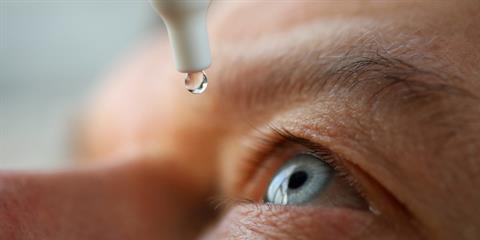Surgeons have long known that keeping a patient warm during surgery results in a more positive outcome. Patients whose bodies are kept at a consistent temperature during surgical procedures exhibit less blood loss and have shorter recovery times. These facts were instrumental in the development of the forced-air warming blanket, invented by Dr. Scott Augustine in 1988.
Dr. Augustine, an anesthesiologist, saw firsthand the adverse effects on patients who were not kept warm during surgery. Now, however, Dr. Augustine alleges the Bair Hugger forced-air warming blanket can spread bacteria in the operating room, leading to serious hospital infections. Dr. Augustine believes the risks lie primarily in artificial joint implantations such as knee, hip and artificial heart valves and that there is little risk in soft joint operations.
In fact, several years ago, Dr. Augustine told doctors to stop using the Bair Hugger forced-air warming device altogether. Dr. Augustine has also accused Arizant and 3M of covering up data which supports his theory. Underlying the controversy between Dr. Augustine and Arizant is the fact Dr. Augustine resigned as CEO of Arizant—which was once known as Augustine Medical—in 2002 following a dispute. Arizant and 3M call Dr. Augustine’s claims nothing more than sour grapes, however research backs Dr. Augustine’s position.
Data Which Underscores Dr. Augustine’s Claims the Bair Hugger is Dangerous
The Journal of Bone and Joint Surgery published research which found air circulated by the Bair Hugger contained 2,000 times more contaminants as compared to warmers which don’t use forced-air.1 More research published in The Bone and Joint Journal found a significant increase in deep joint infection when forced-air warming devices were used, as compared to conductive fabric warming. McGovern et al suggested discontinuing the use of forced air warming devices could potentially decrease infection rates by as much as 74 percent.2
When Dr. Augustines’ latest invention, the HotDog air-free warming blanket was used, significantly lower infection rates were noted. According to prweb.com, the use of forced air warming blankets may result in a 3.8 times increase in deep joint infection.3 The AORN Journal noted concerns regarding infection risk from forced air warmers, and asked manufacturers of forced air warmers to consider redesign due to evidence of bacteria in the airflow paths.
One hundred ninety-two sources were examined by the AORN Journal, with a conclusion that “forced-air warmers may interrupt the flow of filtered air toward the area of the wound and may allow dust particles containing pathogenic organisms to come in contact with the wound…forced-air warming and ultraclean ventilation do not mix…”4 Further, the AORN Journal found a “high risk of developing deep infections for subjects warmed with forced-air warming systems.”4 In fairness, the authors also concluded there was not sufficient evidence to conclusively indicate forced-air warmers are the precise cause of surgical site infections.
The older Bair Hugger models provided approximately 93.8 percent intake filtration, however the newer models—the ones currently in use, showed a dismal 63.8 percent intake filtration.5 While the Bair Hugger was not specifically mentioned by name, a news article published in the Clinical Quality and Infection Controlquestioned the overall safety risks associated with forced-air warming blankets. This article concluded the heat in a forced-air warming blanket escapes near the non-sterile floor of an operating room. These floor-level pathogens are then lifted by waste heat into the sterile surgical site.
Dangers from Deep Joint Infection
Patients who develop a deep joint infection can face an extremely long, difficult recovery. In order to get the infection under control as well as repair the resulting damage, the patient may experience multiple, lengthy hospitalizations, additional surgical procedures, IV antibiotic therapy lasting 6-8 weeks, removal and revision of the implant device, extended physical therapy, and, in extreme cases, amputation of the affected limb.
3. http://www.prweb.com/releases/2011/11/prweb8975993.htm
5. http://heat-rises.blogspot.com/2014/01/aana-journal-96-of-bair-hugger-blowers.html
_5.jpg)


